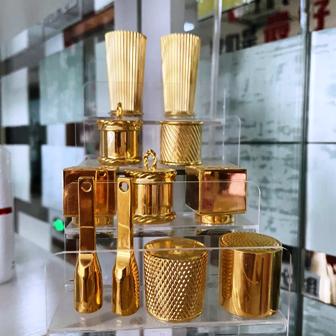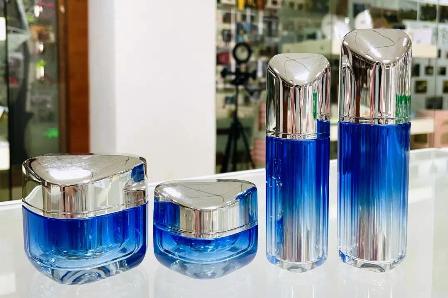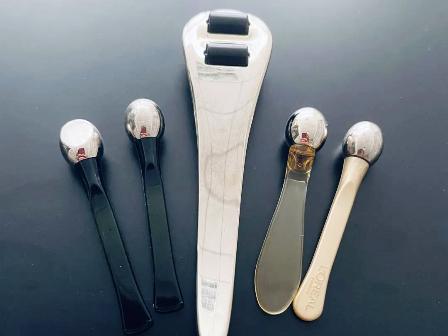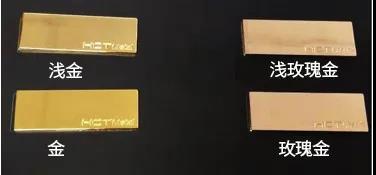 Home > News
Home > News1. Overview of electroplating
Electroplating is the process of plating a thin layer of other metals or alloys on the surface of some metal or other materials using the principle of electrolysis.Electroplating process to prevent metal oxidation (such as rust), improve the wear resistance, electrical conductivity, reflective properties, corrosion resistance (copper sulfate, etc.) and aesthetic properties.Many coins also have electroplated outer layers.
Electrodeposits are generally thin, ranging from a few microns to dozens of microns.Through electroplating, decorative protective and various functional surface layers can be obtained on the products, but also repair wear and processing errors of the workpiece.
2. Different electroplating requirements and functions
1) Copper plating: base, improve the adhesion and corrosion resistance of electroplating.Copper oxidizes easily, and after oxidation, verdigris no longer conducts electricity.

2) Nickel plating: base or appearance, improve corrosion resistance and wear resistance.The wear resistance of nickel plating exceeds that of chromium plating in modern technology.Note that nickel is no longer used in many electronic products, mainly because of its magnetic properties, which affect passive intermodulation in electrical properties.
3) Silver plating: in addition to decoration, can improve the contact impedance of conductive materials.Silver has good properties, oxidizes easily and conducts electricity after oxidation.

4) Palladium plating: Palladium is the best substitute for nickel metal.Palladium is a rare, shiny silver-white metal, a precious metal that costs a hundred times more than nickel.Because palladium is expensive, domestic generally only thin palladium plating, thickness of 0.1~0.2μm, used in white copper and tin as anticorrosive decorative coating and anti-silver discoloration layer.Palladium layer too thick (more than 1 μm) prone to crack.
5) gold plating: real gold composition, in addition to decoration, but also to improve electrical conductivity.Gold is the most chemically stable, but also the most expensive.

6) Rose gold: gold with a reddish tinge, which has become popular in women's jewelry in recent years.Rose gold is actually the addition of copper to gold, making gold tinged with red.The following figure shows the color comparison of four zinc alloys in working electroplating.

7) Imitation gold/imitation rose gold: because the price of gold plating is too high, imitation gold also appears in the market, so that products with low prices can achieve the color of gold. Imitation gold, in fact, is only brass, there is no gold.Brass was easy to oxidize, so a protective layer had to be applied to the imitation gold coating, which was usually used.Imitation rose gold is copper plated and polished.Light oil is a kind of rubber paint, after the workpiece is coated, feel is not good, but the cost can be reduced a lot.